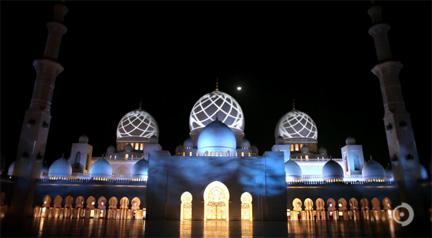
In celebration of the United Arab Emirates National Day 2011, Obscura Digital produced a very nice virtual sound-and-light projection of the Sheikh Zayed Grand Mosque in Abu Dhabi. Check it out here.

In celebration of the United Arab Emirates National Day 2011, Obscura Digital produced a very nice virtual sound-and-light projection of the Sheikh Zayed Grand Mosque in Abu Dhabi. Check it out here.
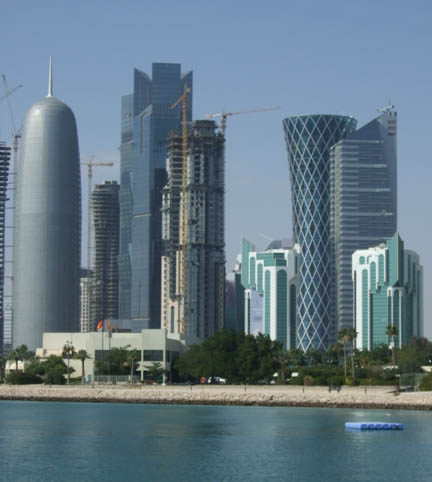
Skyscrapers dominate the modern skyline of Doha
In 1988-1989 I received a Fulbright Islamic Civilization Research Grant to carry out research on the Arab almanac tradition. Most of this time I was sponsored in Doha, Qatar by the Gulf States Folklore Center. Tempus fugit, to be sure. The folklore center no longer exists and Doha is quite a different city these days. A week ago I arrived in Doha to give two lectures at Qatar University, one on the sailing seasons around the Gulf and one on traditional agriculture in Yemen. In the two decades plus since I last visited Doha it is obvious that the city has changed dramatically. I do not remember any skyscrapers on my first visit. Doha was a sleepy little haven with the grand Doha Sheraton the eye candy. And quite an eyeful it was and remains.
I arrived at an auspicious moment, the evening of Qatar’s National Day. The entire day was devoted to celebration. Thus the trip that would normally take less than 20 minutes to go from the airport to the Sheraton was accomplished in six hours. The roads were blocked with SUVs and Mercedes colorfully marked and many with young boys on top waving the Qatari flag and sporting scarves with the image of the emir and his heir apparent. I missed the fireworks, but the enthusiasm of the throng made the long journey well worth it.
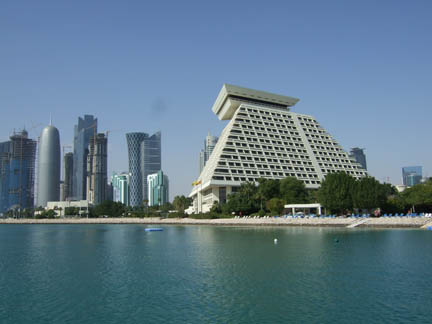
The majestic Doha Sheraton Hotel
The Doha Sheraton is a grand old place. Having been erected in 1982, such a luxury hotel is an architectural shayba. But it still inspires, with a pyramid exterior and inside right out of an arabesque garden from the 1001 Nights. Back then it stood alone, a harbinger of change; today it is almost dwarfed by a series of skyscrapers jutting out of the ground in various original shapes. Here is an architect’s paradise with almost every building sporting a unique design.
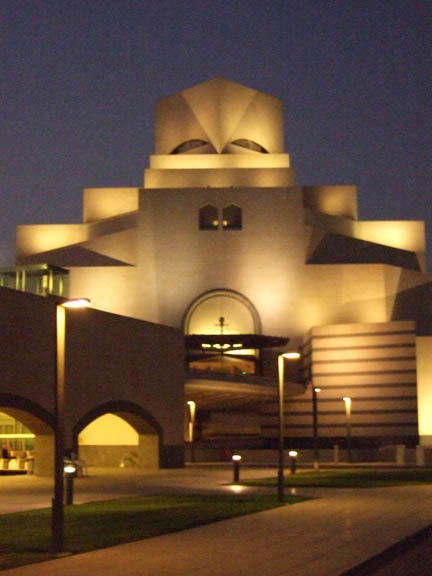
The Museum of Islamic Art at night
My last day I visited the Museum of Islamic Art, which houses a magnificent spread of Quranic manuscript pages, pottery, metalwork and jewelry from all over the region, especially from Iran. Their website has a number of impressive e-cards available. The main Qatar Museum is being renovated, but the Arab Museum of Modern Art has opened and one on Orientalism is in the works. Qatar’s wealth is making Doha a museum Mecca, one that is sure to draw a large number of tourists in the years to come.
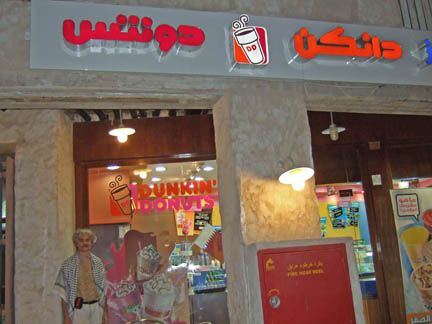
Dunkin’ Donuts invades Suq Waqif
When I first visited the Doha suq, it was hardly worthy of the title; to put it mildly, it was quite miskin. But now it has been recreated as a tourist attraction (with paid parking) and live music. It has many of the old kinds of shops, from textiles to spices, but then there are the foreign intrusions, such as a Dunkin’ Donuts located near the parking lot. Just what Doha needs: stale globalized donuts.
Flying to and from New York was on Qatar Airways, which has the most outstanding business class I have ever experienced. It is hard to imagine a better first class experience. Next time you are traveling to the Gulf, consider a stop in Doha. Midst the turmoil embroiling the region, Qatar remains a stable oasis of growth. Such a tiny nation, but one that is really making a mark culturally and politically in the region.
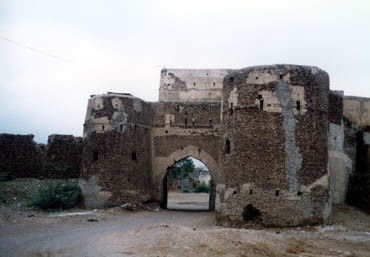
ذكرت مصادر Ù…Øلية بمديرية زبيد بمØاÙظة الØديدة مساء يوم أمس الجمعة بأن Øريقا” هائلا” تسبب ÙÙŠ تشويه المنظر التاريخي لسق٠المبنى الأثري الواقع ÙÙŠ بوابة سهام بالجهة الشمالية لمدينة زبيد القديمة بمØاÙظة الØديدة ØŒ بالإضاÙØ© إلى إتلا٠كمية كبيرة من الأخشاب المزينة بالنقوش الإسلامية الأثرية جراء الØريق الذي لم تعر٠أسبابه Øتى اللØظة .
وأشارت مصادر أمنية بالمديرية بأن ألسنة اللهب اشتعلت ÙÙŠ المبنى الأثري التاريخي لبوابة مدينة زبيد الأثرية المعروÙØ© ببوابة سهام ما أدى إلى اØتراق سق٠البوابة بالكامل إلى جانب كمية كبيرة من الأخشاب القديمة المزينة بالزخار٠والنقوش التي لا تقدر بثمن.
وأضاÙت المصادر بأن أبناء زبيد لم يتمكنوا من أخماد الØريق الذي تصاعد بشكل مخي٠ÙÙŠ المبنى الاثري ولا تزال التØقيقات جارية لمعرÙØ© أسباب ودواÙع الØريق.
هذا وكانت زبيد قد أدرجت ÙÙŠ قائمة التراث الإنساني العالمي ÙÙŠ العام 1993Ù… , واعطت منظمة اليونسكو التابعة للأمم المتØدة اليمن مهلة للبدء ÙÙŠ تنÙيذ برنامج إنقاذي شامل Ù„Øماية ما تبقى من المعالم الأثرية ÙÙŠ المدينة التاريخية والتي باتت مهددة بالاندثار قبل أن تباشر “اليونسكو” ÙÙŠ إجراءات شطبها من قائمة التراث الإنساني بصورة نهائية.
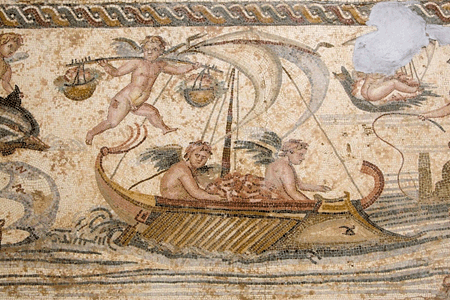
It seems as though Qaddafi is about to be defeated in Libya. No one knows what kind of government will replace him. But we do know that a long time ago this was a bastion of the Roman Empire. Above is one of the mosaics from Sabratha.
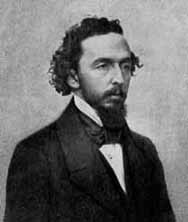
The American man of letters Bayard Taylor (1825-1878) was one of many travelers to the Near East of his time. His tour in 1853 resulted in a travel account above the common lot of Holy Land roller overs. Of particular interest is his frank account of a Turkish bath in Damascus.
“The Bath is the ‘peculiar institution’ of the East. Coffee has become colonized in France and America; the Pipe is a cosmopolite, and his blue, joyous breath congeals under the Arctic Circle, or melts languidly into the soft airs of the Polynesian Isles; but the Bath, that sensuous elysium which cradled the dreams of Plato, and the visions of Zoroaster, and the solemn meditations of Mahomet, is only to be found under an Oriental sky. The naked natives of the Torrid Zone are amphibious; they do not bathe, they live in the water. The European and Anglo-American wash themselves and think they have bathed; they shudder under cold showers and perform laborious antics with coarse towels. As for the Hydropathist, the Genius of the Bath, whose dwelling is in Damascus, would be convulsed with scornful laughter, could he behold that aqueous Diogenes sitting in his tub, or stretched out in his wet wrappings, like a sodden mummy, in a catacomb of blankets and feather beds. As the rose in the East has a rarer perfume than in other lands, so does the Bath bestow a superior purification and impart a more profound enjoyment… Continue reading Tabsir Redux: A Taylor Made Bath in Damascus
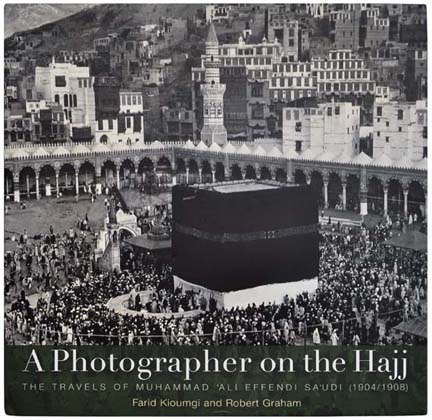
AUC Press has recently published A Photographer on the Hajj, preserving one of the earliest visual records of the Hajj and the holy cities of Mecca and Medina. The photographs were taken by Muhammad ‘Ali Effendi Sa’udi (1904/1908), a civil servant and accomplished photographer. Check out the website dedicated to the book with a few of the photographs shown there.
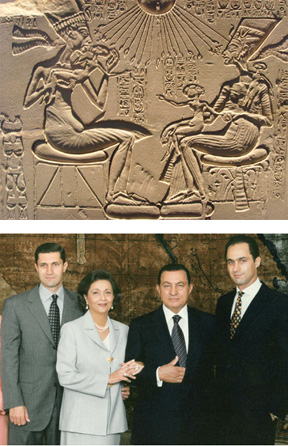
Ruling families not fondly remembered in Egypt
The history of divine kingship and dictatorial hubris has a consistent theme: elevating a ruler’s name above all others and stamping that name on just about everything in sight. In Saddam Hussein’s Iraq his image was everywhere, at times in the heroic proportions of a Babylonian king; visit Syria and you will find Assad and son lionized in every nook and cranny; Timur is resurrected in Uzbekistan. Then there is Hosni Mubarak, whose fall from power is now accompanied by an erasure of his public visage. As reported in Al Jazeera:
An Egyptian court has ordered the names of Hosni Mubarak, the country’s former president, and his wife Suzanne, to be removed from all public places, including streets and parks. Judge Mohammad Hassan Omar ordered on Thursday that Mubarak’s name and picture be removed from sport fields, streets, schools, libraries and other public establishments, according to the state-run al-Ahram newspaper. Currently, various public spaces, including squares, streets and about 500 public schools bear the names of either Hosni, Suzanne or Gamal Mubarak.
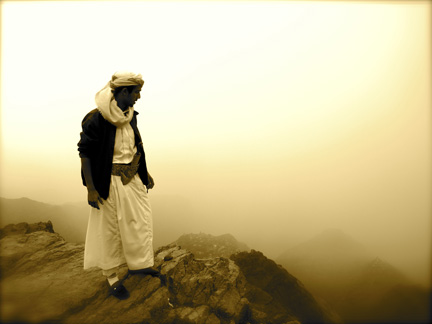
The recent protests that have shaken the Middle East from North Africa to Yemen so dominate the news these past couple of months that it is almost as though we see nothing else. Whether pictures are worth a thousand and one words, or even more, here are some superb photographs of Yemen by Raiman al-Hamdani, taken with his permission from his Flickr account.
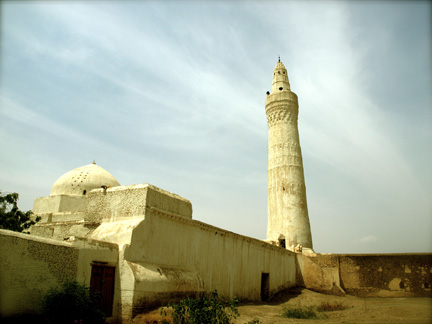
One of the important mosques in the coastal town of Zabid